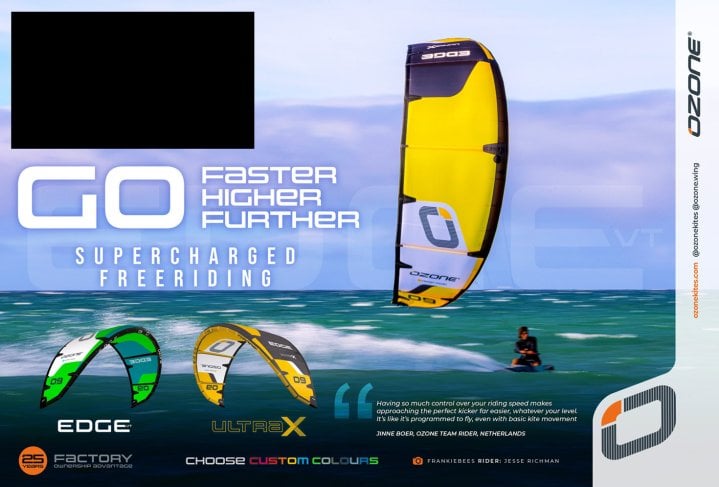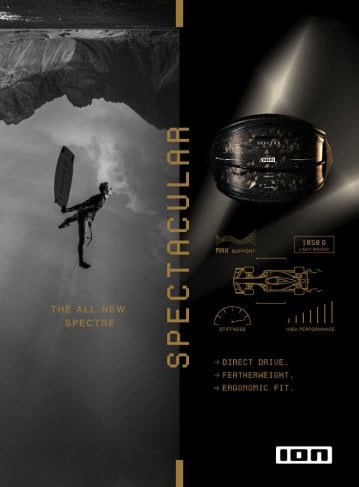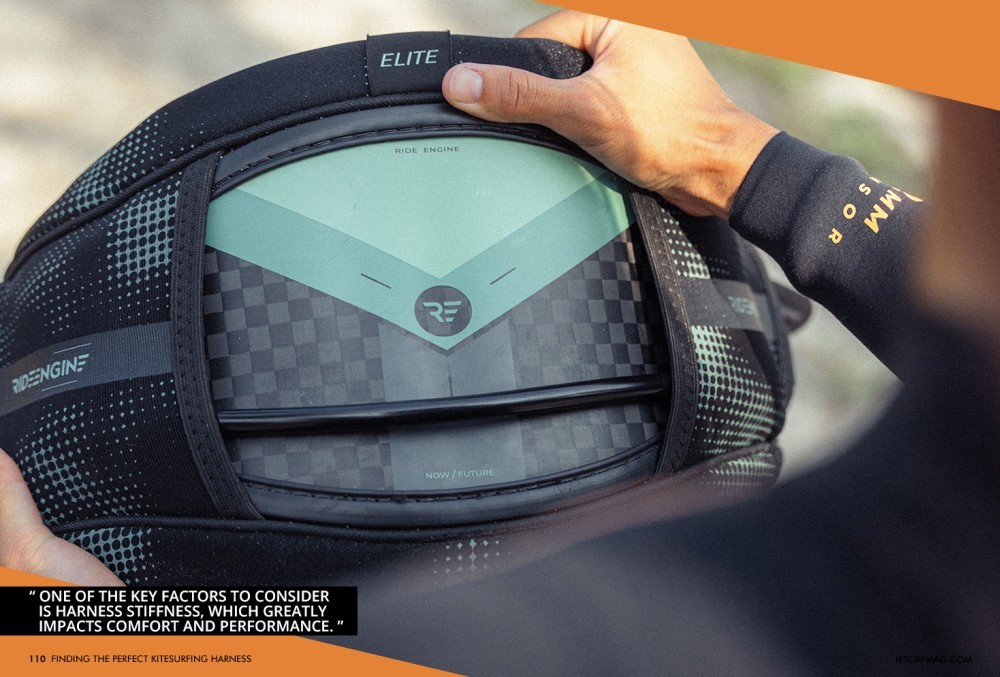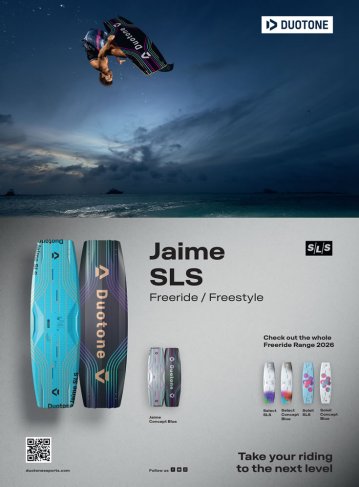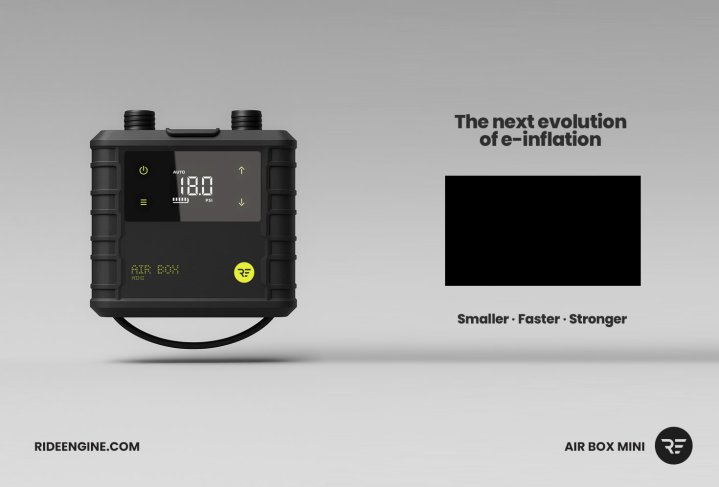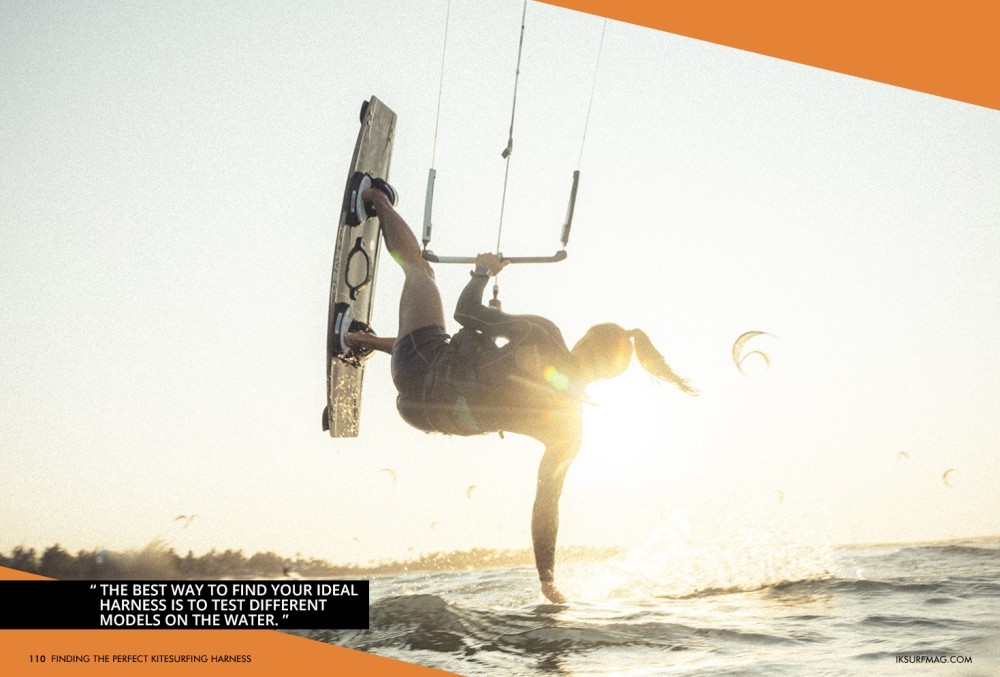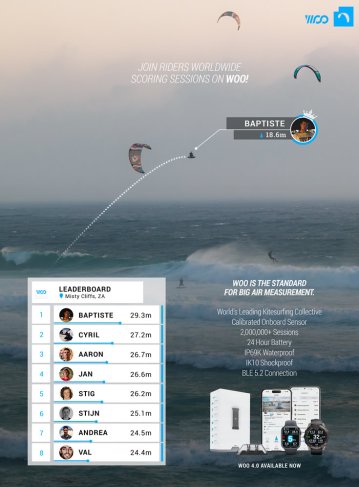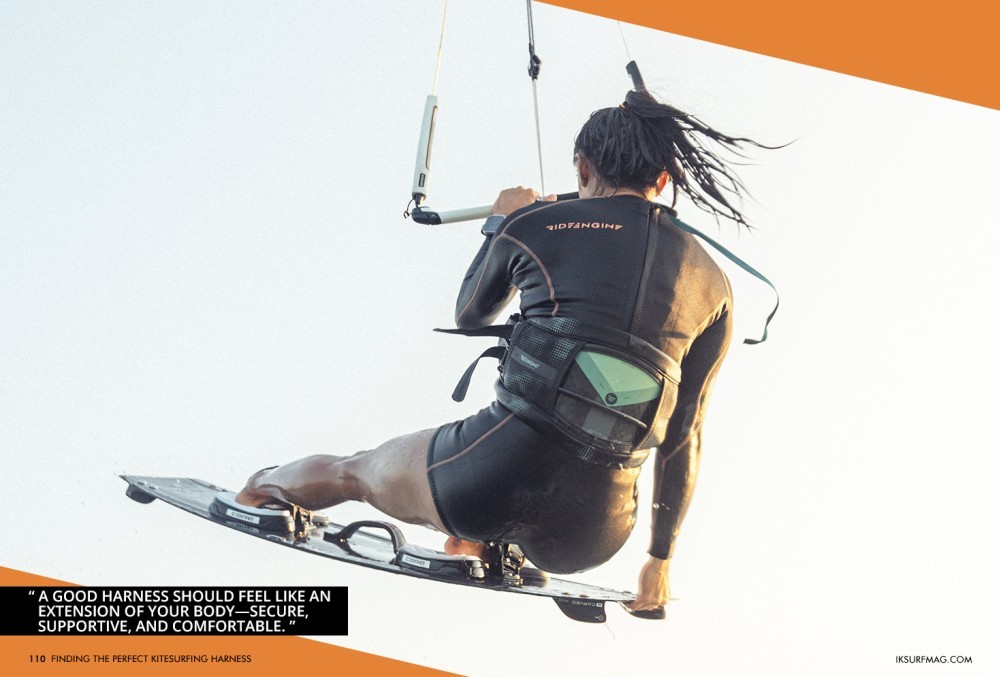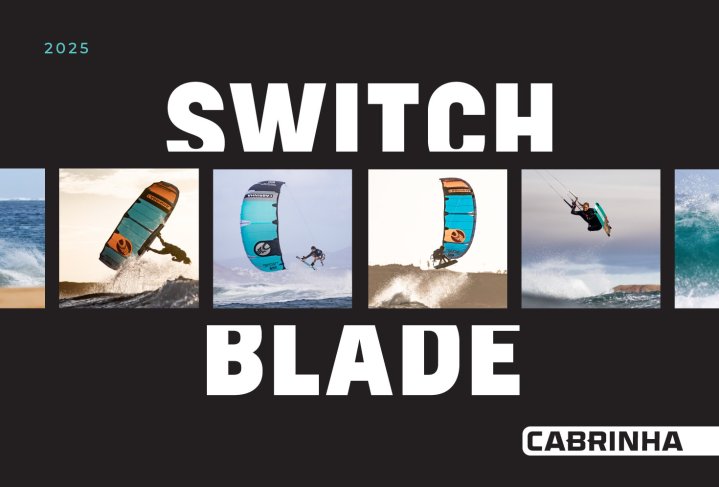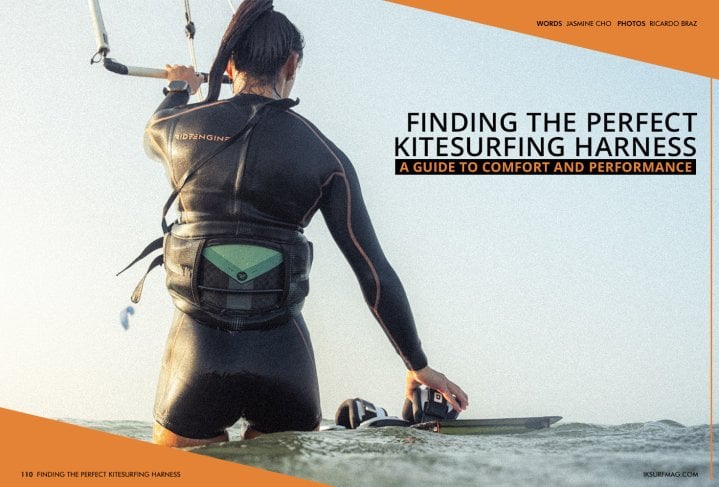
Finding the Perfect Kitesurfing Harness: A Guide to Comfort and Performance
Issue 110 / Wed 16th Apr, 2025
Kitesurfing should leave you buzzing with adrenaline—not aching from the wrong gear. One of the most overlooked yet essential pieces of kit? Your harness. With countless styles, fits, and stiffness levels on the market, picking the perfect harness can feel like navigating a maze. But don’t worry—Jasmine Cho breaks it down, from waist vs. seat harnesses to the all-important stiffness factor, so you can ride longer, stronger, and more comfortably. Let’s get into it!
Kitesurfing is an exhilarating sport, but the wrong harness can turn an incredible session into a painful experience. Out of all the gear you invest in, your harness is one of the most personal choices—what works for one rider might not work for another. With so many options available, selecting the right one can feel overwhelming. One of the key factors to consider is harness stiffness, which greatly impacts comfort and performance.
Waist Harness vs. Seat Harness
Before diving into harness stiffness, it’s essential to understand the difference between waist and seat harnesses.
Waist harnesses sit around your lower back and are the most common choice among big air, freestyle, and wave riders. They allow for a greater range of motion, making it easier to tweak jumps and perform tricks. However, because they sit higher on the body, they can ride up, especially for beginners or riders with shorter torsos.
On the other hand, seat harnesses come with leg straps that keep the harness securely in place, preventing it from riding up. They distribute the pull lower on the body, making them a great option for beginners, long-distance riders, or those who experience back pain with waist harnesses. While seat harnesses offer excellent support, they can restrict movement compared to waist harnesses, which is why they are less popular for the majority of riders.
Consider your riding style and comfort if you’re unsure which to choose. Many beginners start with a seat harness for extra stability before transitioning to a waist harness as they progress. Now, let’s explore the different levels of stiffness in waist harnesses and why they matter.
The Importance of Stiffness in Waist Harnesses
One of the most crucial factors in choosing a harness is stiffness. While harnesses come in various designs and fit, stiffness plays a key role in comfort and performance. To simplify things, let’s break down the three categories of stiffness in waist harnesses: hardshell, medium hardshell, and softshell.
Hardshell Harnesses
Hardshell harnesses are the stiffest option available. They maintain their shape under high load, offering excellent back support and even pressure distribution. A good example is the Ride Engine Elite Carbon or Mystic Stealth—its rigid back plate and firm sides provide a locked-in feel. Riders who enjoy aggressive, high-powered riding in strong winds often prefer hardshell harnesses because they don’t compress under force. However, for some riders, the lack of flexibility can cause discomfort during crashes.
Medium Hardshell Harnesses
A step down in stiffness, medium hardshell harnesses offer a blend of support and flexibility. The Ride Engine Saber falls into this category. It has a defined structure but allows for some give, making it a great option for riders who want solid support without the rigidity of a full hardshell. I ride the Ride Engine Elite Carbon with webbing, which is marketed as a hardshell but feels slightly softer than their Elite Carbon with the Hyperlock system—an actual hardshell design. Medium hardshell harnesses are an excellent middle ground, offering enough stiffness to maintain support while still providing some comfort and adaptability.
Softshell Harnesses
On the opposite end of the spectrum, softshell harnesses prioritise flexibility and freedom of movement. The Ride Engine Momentum harness or the CORE Link harness is a great example of this. Unlike hardshells, softshell harnesses allow for more play in the back and sides, which some riders find more comfortable. They are often preferred by riders who need greater mobility or hardshell harnesses that are too restrictive.
Finding the Right Harness for You
Selecting the right harness ultimately depends on personal preference, body shape, and riding style. Some riders love the stability and support of a hardshell, especially in overpowered conditions. Others find that rigid harnesses dig into their ribs and opt for something with more flexibility.
Going to a shop and trying on a harness is a start, but it won’t give you the whole picture. The best way to find your ideal harness is to test different models on the water. Next time you’re at the beach, ask to borrow a friend’s harness for a session—but make sure it’s the right size for you! Trying on a size M if you are a S would not yield the same results. Wearing the wrong size can completely change how a harness feels. The more harnesses you try, the better you’ll understand what works best for your body and riding style.
A good harness should feel like an extension of your body—secure, supportive, and comfortable. So, take the time to experiment and find the perfect fit. Your back (and your riding) will thank you!
By jasper_brouwer


